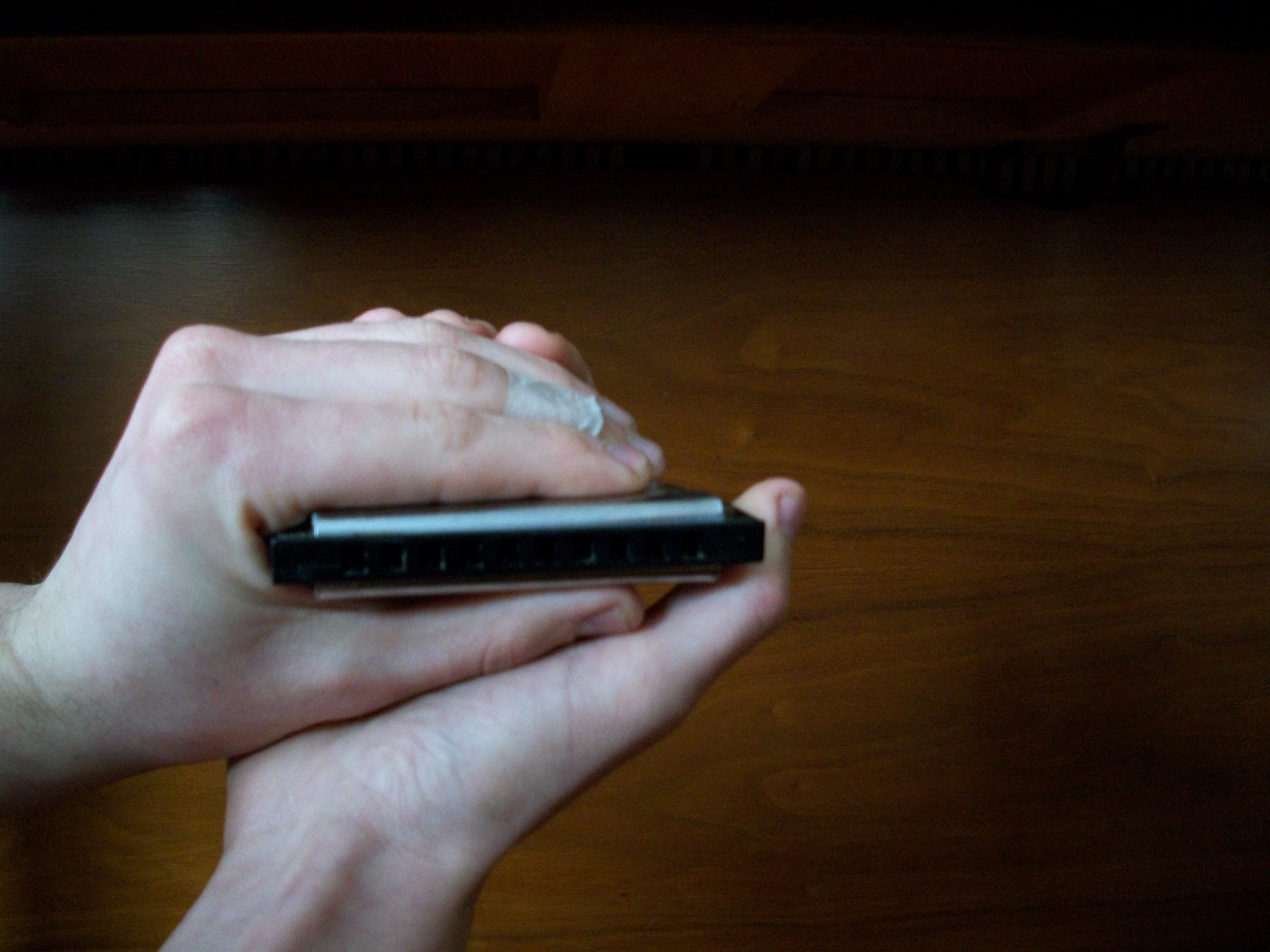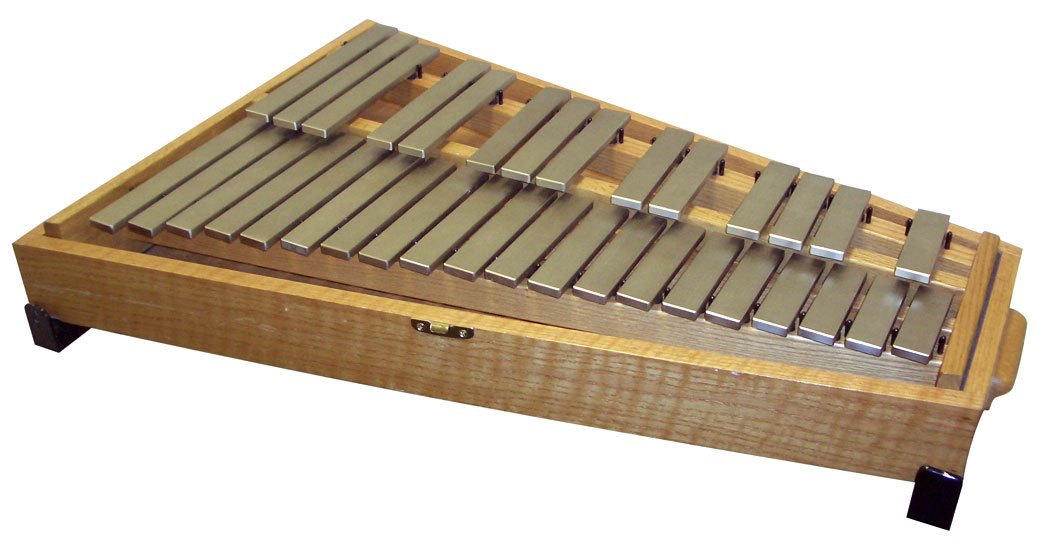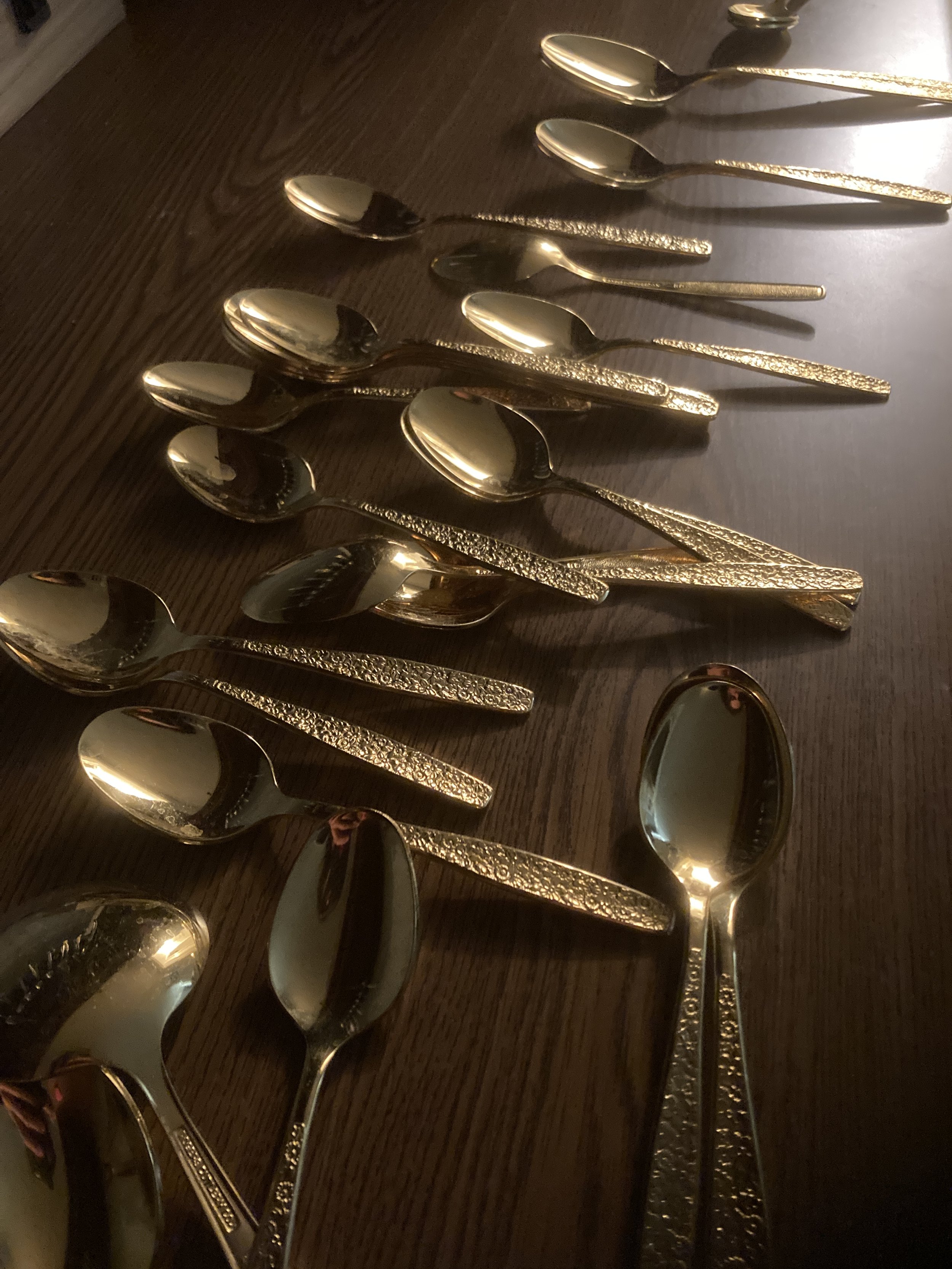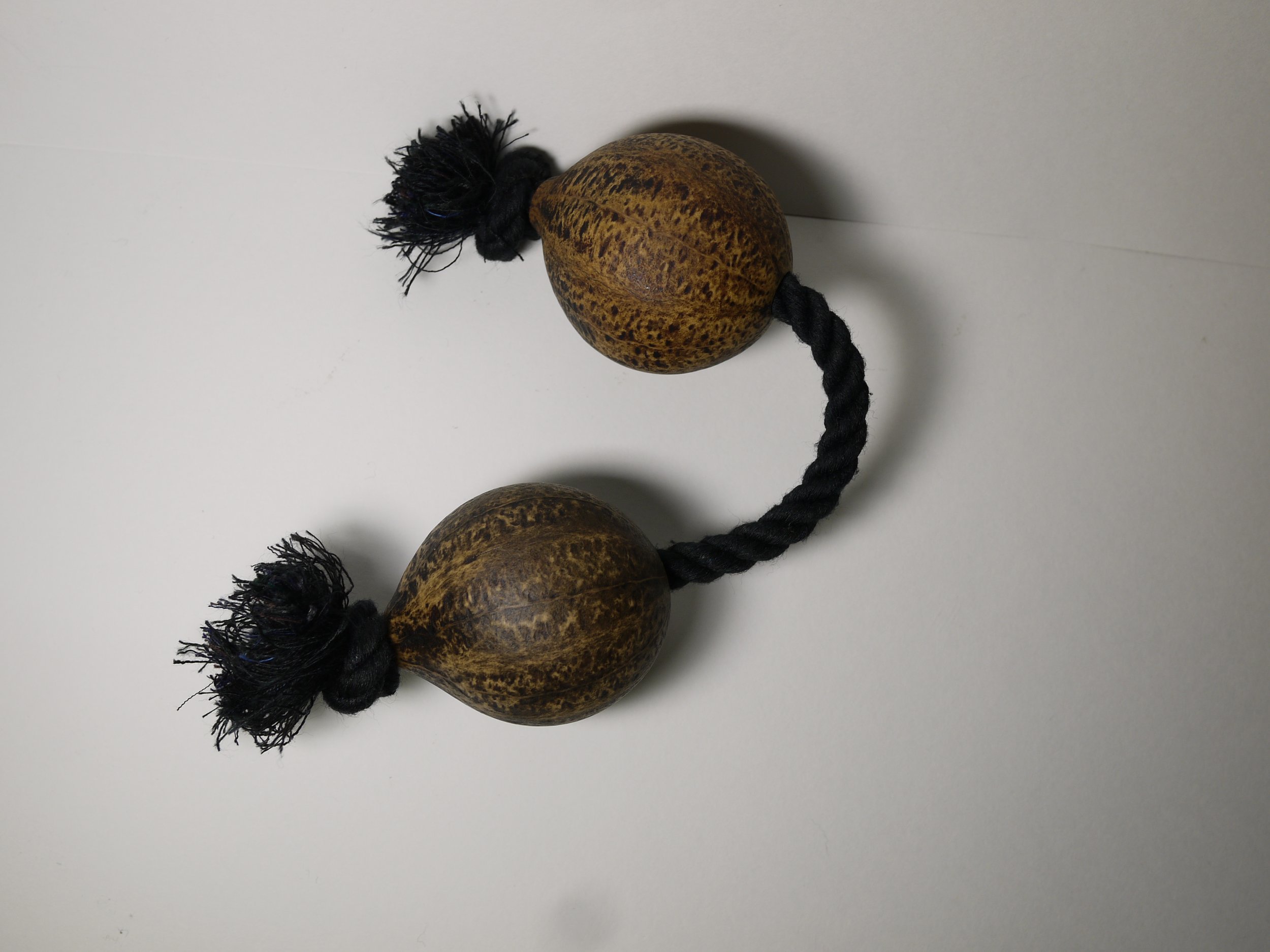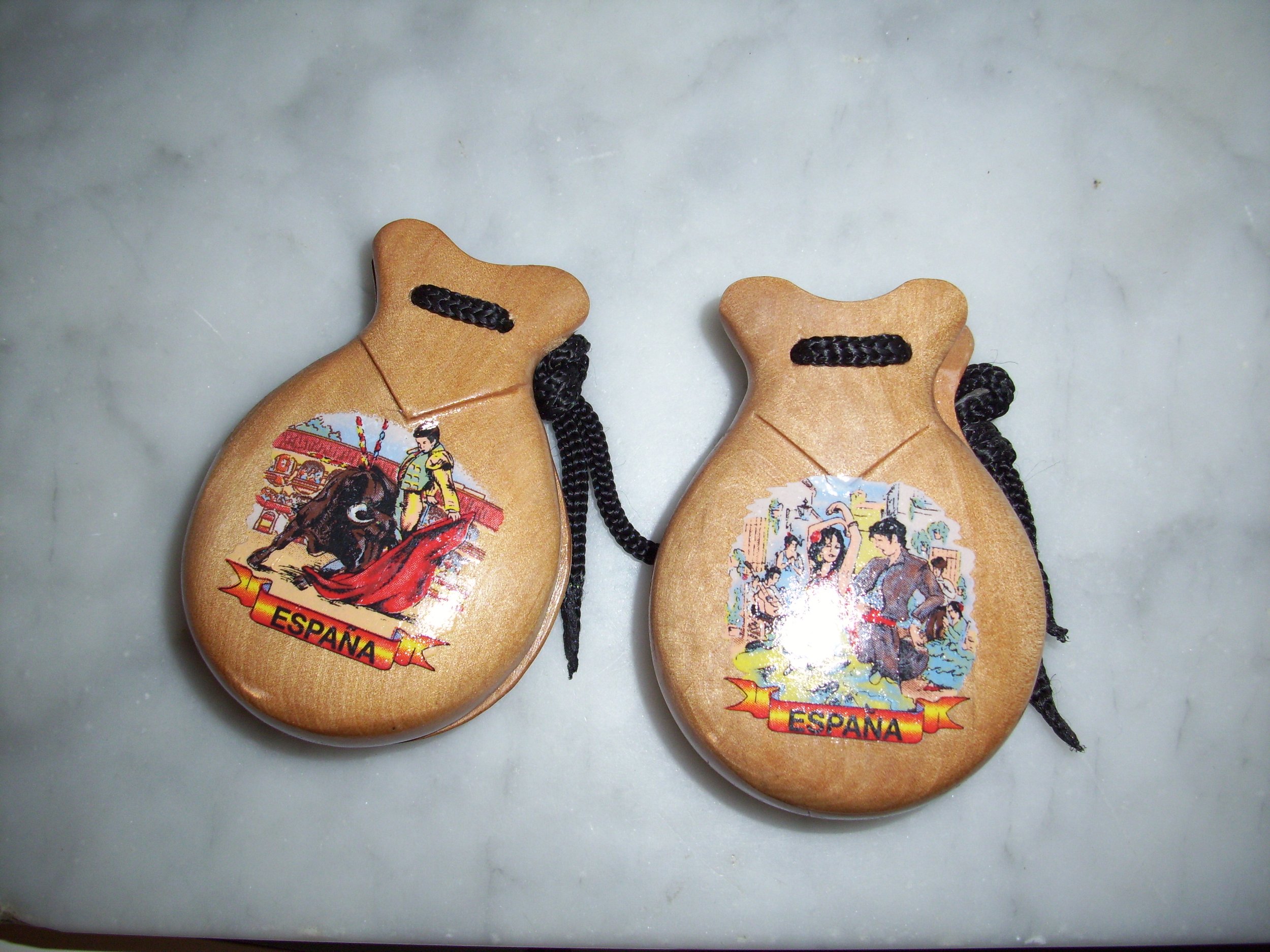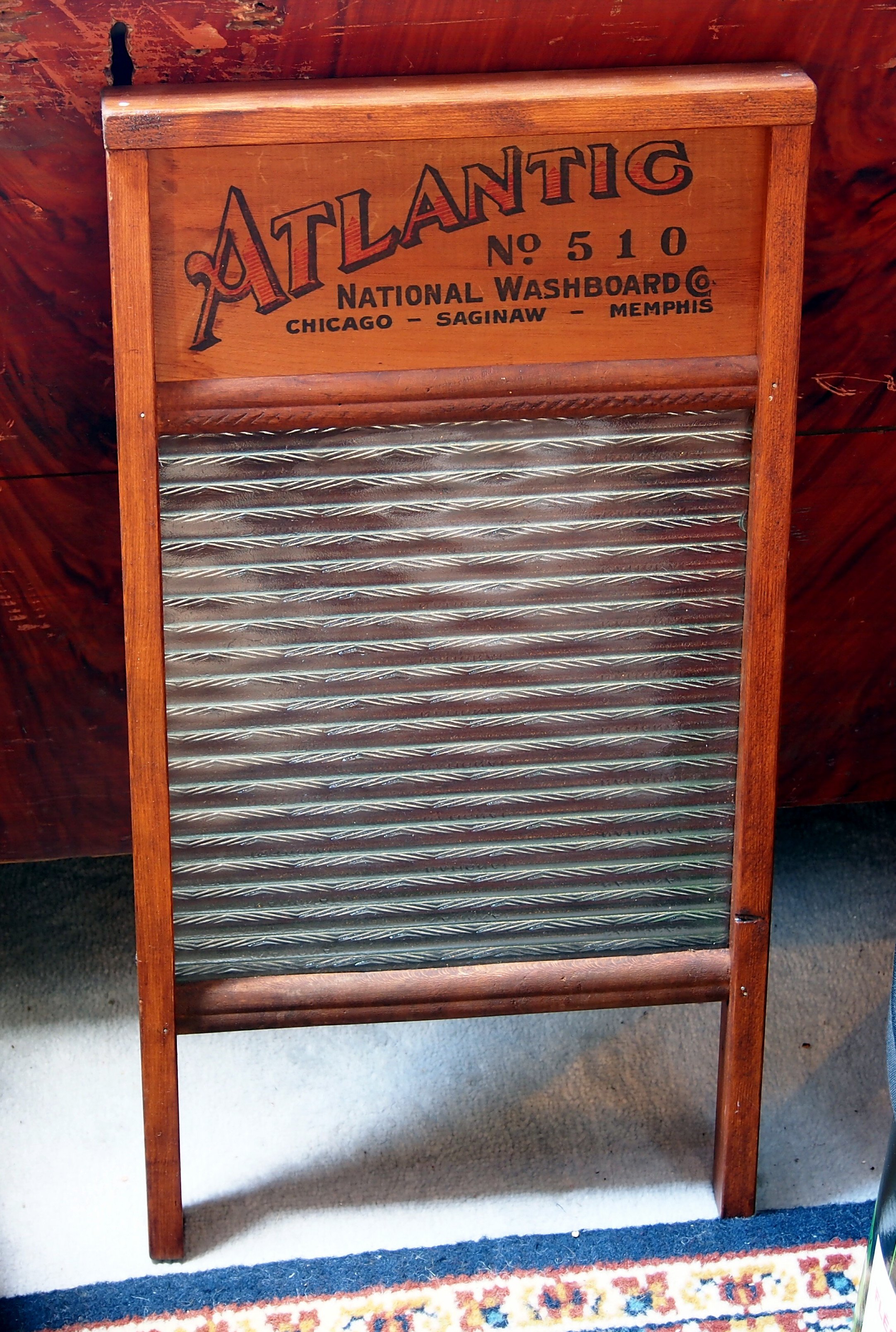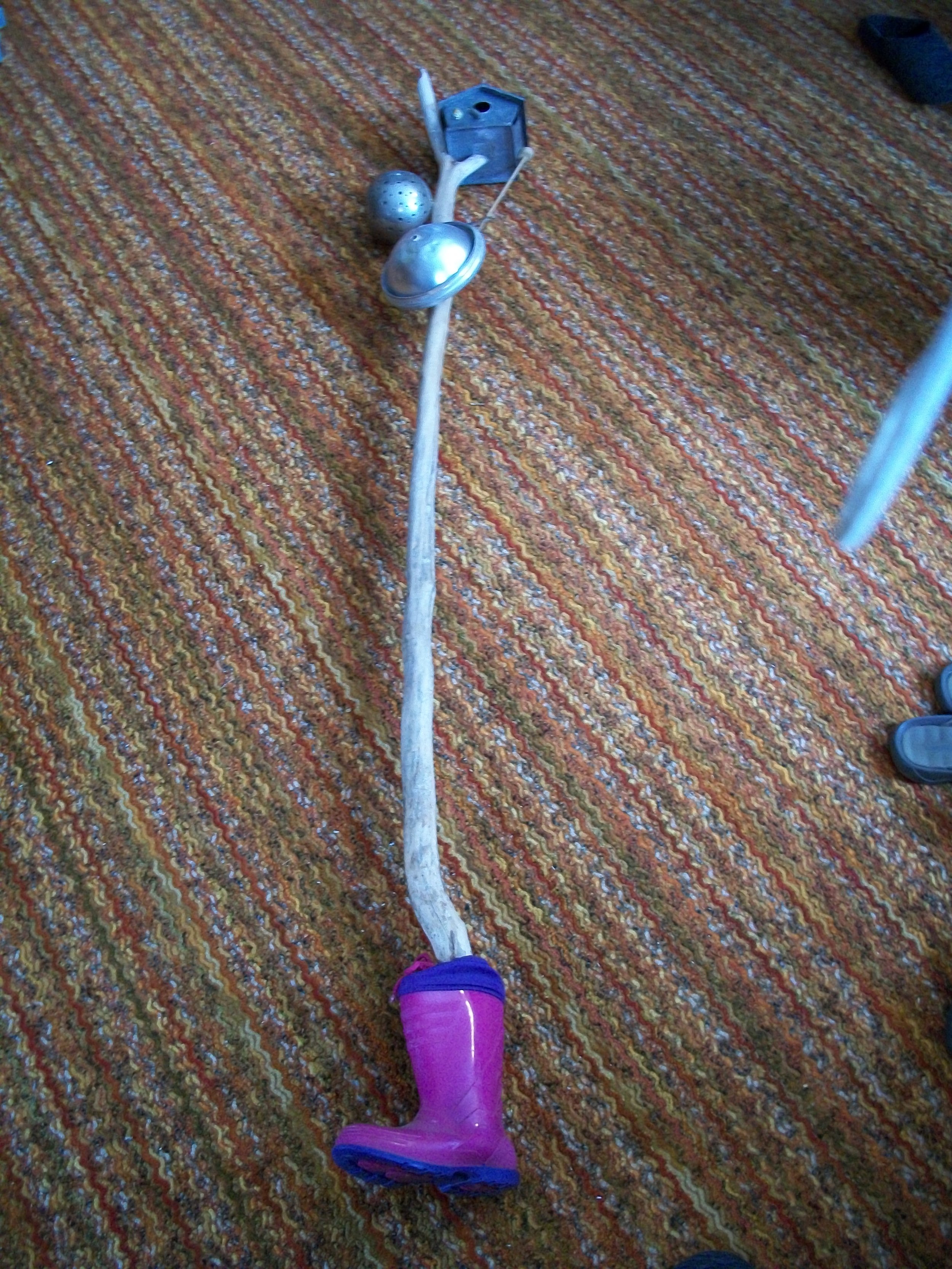Harmonica
✨✨✨
The harmonica is a free reed instrument that directs blown air across tiny metal strips. It is the most bought and sold instrument worldwide, and it holds a very special place in my heart as it is the first folk instrument I learned how to play! It was invented in Germany in the early 1800s, but its predecessor, the ‘Sheng’, was played in ancient China over 3,000 years ago:
Even with its tonal limitations (some chromatic notes are difficult or impossible to achieve), it is incredibly versatile and appears in many musical genres. The layout of the harmonica makes it difficult to play notes that sound bad together. By changing the shape of the mouth or ‘embouchure’, players can lower or ‘bend’ certain pitches down for an expressive effect.
How to Obtain
Cheap harmonicas can be found for $10 or less. These are generally OK for making simple chords, but the tone quality is mediocre and they are not responsive enough to isolate specific notes or produce bends. It is easier to learn the instrument using a higher quality harmonica because they are more sensitive to your breath energy. My first and favorite harmonica is the Hohner Special 20 ($45), and I highly recommend it. The Diatonic harmonica is the most common type of harmonica, and best for beginners. However, there are many other specialty harmonicas such as Chromatic, Bass, and Chord harmonicas. Check out this video of me playing the chord harmonica!
How to Learn
See below for my detailed guide on how to hold the harmonica properly.
You can produce one note at a time by puckering the lips (or by using a technique called ‘tongue blocking’), or you can produce multiple notes at once by widening the mouth. There are many different approaches. Here is a tip on how to start making rhythmic chord articulations. Start by combining syllables like “dweet”, “dat”, and “doodoot” and speaking them in any rhythmic pattern that repeats. By simply whispering these patterns into your harmonica with a wide mouth, you will be off to a good start creating rhythmic chords with colorful tone changes.
How to Hold and Play the Harmonica:
Hold with non-dominant hand
Numbers facing up toward you
Harmonica sits all the way back in the crook between thumb and forefinger
No fingers are blocking air flow in the front or the back
Tip of thumb lines up vertically with tip of forefinger
Other fingers are relaxed and touching each other
Add dominant hand
Side of the tip of the thumb resting on side of harmonica
Lower thumb and the muscle below forms a seam with non-dominant hand
Other fingers are relaxed, together, and resting on non-dominant pinky
Together, your hands will form a closed (or semi-closed) bubble around your harmonica that can be opened or closed (using the dominant hand) to create a cool “wah wah” effect.
Posture and movement
Sit or stand up tall
Neck remains tall and straight
To change notes, move the harmonica, not your head/neck
Similar Instruments
← →

